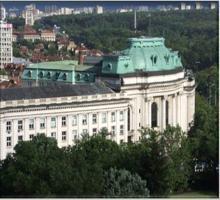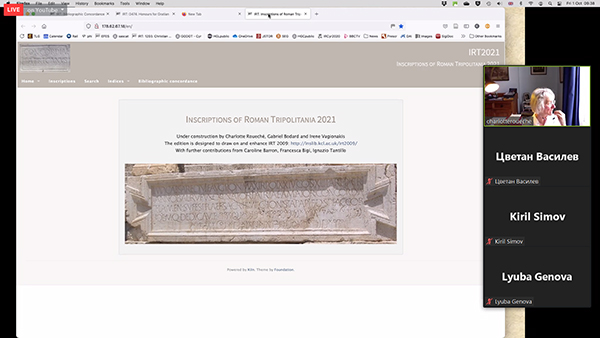
During 4 days last week, young researchers, PhD, and MA students from 6 countries were trained in the encoding of ancient inscriptions and other primary documents in TEI XML for the purposes of digital publication and interchange. In the framework of the online workshop in Digital Epigraphy and EpiDoc ( http://epidoc.stoa.org ) organised jointly by the University of Sofia and the University of Cologne, Germany, the EFES platform for publication and visualisation of EpiDoc XML files (http://github.com/EpiDoc/EFES) was also presented.
The last day of the event was dedicated to an online conference on the current trends in (digital) epigraphy and sigillography. Scholars from different institutions took part in the event. For the first time, the Telamon digital collection of ancient inscriptions in Greek from Bulgaria was presented. A demo version of the site with full functionalities is accessible here: http://telamon.epistone.net . The collection is an example of a fruitful endeavour in the framework of the national interdisciplinary research infrastructure in cultural and linguistic heritage CLaDA-BG ( https://clada-bg.eu ).
Other among the new and current initiatives presented at the conference were the digital database of Byzantine lead seals SigiDoc 1.0 ( http://sigidoc.huma-num.fr ) and the joint project of the Austrian Academy of Sciences and HSU-Moscow about “The Epigraphies of Pious Travel”. The new initiative by the University of Cyprus about the description and publishing of Byzantine murals from the island’s churches and monasteries.
The four-day training as well as the conference were co-organised by Martina Filosa (University of Cologne) and Dimitar Iliev (University of Sofia) in the framework of the DAAD partnership of both institutions.

